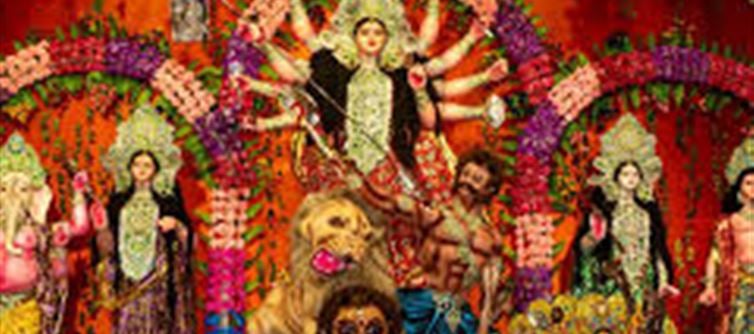
Navratri, the festival dedicated to Goddess Durga, is known for vibrant celebrations, dance, and devotion. While most people are familiar with the grand autumn festival, navratri actually occurs four times a year, each with its own significance and traditions. Here’s a breakdown:
1. Chaitra navratri (March–April)
· When: Begins in the Hindu month of Chaitra.
· Significance: Marks the beginning of the Hindu New Year in some regions. It celebrates Goddess Shailaputri, the first form of Durga.
· Unique Features: Devotees fast and perform special prayers in temples. In North India, it is also associated with welcoming the spring season.
2. Ashwin navratri (September–October)
· When: Occurs in the Hindu month of Ashwin.
· Significance: This is the most widely celebrated Navratri and culminates in Dussehra, marking the victory of good over evil.
· Unique Features: Famous for Garba and Dandiya Raas in gujarat and Maharashtra. Temples are beautifully decorated, and communities organize large cultural events.
3. Magha navratri (January–February)
· When: Celebrated in the month of Magha.
· Significance: Devoted to Goddess Chandraghanta, the form of Durga who symbolizes bravery and peace.
· Unique Features: Observed mainly in temples rather than households. Devotees perform rituals to gain spiritual merit and protection from negative energies.
4. Ashadha navratri (June–July)
· When: Falls in the month of Ashadha.
· Significance: Celebrates Goddess Kushmanda, the creator of the universe.
· Unique Features: Less popular than Chaitra and Ashwin navratri but observed by devout worshippers with fasting and special prayers to seek blessings for health, wealth, and prosperity.
Why Four Navratris a Year?
The four Navratris correspond to the seasonal changes and agricultural cycles in India. Each navratri honors a different aspect of Goddess Durga, reflecting her diverse forms—creator, protector, warrior, and benefactor. This helps devotees connect with her spiritual energy throughout the year, not just once.
Celebrating navratri multiple times a year allows communities to renew devotion, perform rituals, and embrace cultural festivities aligned with nature’s rhythms. Whether it’s dancing in autumn or fasting in spring, each navratri brings its own spiritual and cultural joy.
Disclaimer:
The views and opinions expressed in this article are those of the author and do not necessarily reflect the official policy or position of any agency, organization, employer, or company. All information provided is for general informational purposes only. While every effort has been made to ensure accuracy, we make no representations or warranties of any kind, express or implied, about the completeness, reliability, or suitability of the information contained herein. Readers are advised to verify facts and seek professional advice where necessary. Any reliance placed on such information is strictly at the reader’s own risk..jpg)




 click and follow Indiaherald WhatsApp channel
click and follow Indiaherald WhatsApp channel